|
The 1930’s witnessed the rise of dictators in Europe like Adolf Hitler of Germany, Benito Mussolini of Italy and General Francisco Franco of Spain who intentionally defied international opinion and disregarded the Versailles Treaty and League of Nations.
Their activities and those of Japan began to interfere with prevailing peace in the world. This happened at the time when USA had retreated into isolation leaving the task of maintaining world peace only to Britain and France. The Second World War involved most countries in the world with millions of people conscripted for service in both the military and war related industries. Causes of the Second World War.
COURSE OF WORLD WAR 2The invasion of Poland by German forces on 1st of September 1939 and the subsequent declaration of war against Germany by Britain and France on 3rd of September 1939 marked the beginning of the Second World War.Meanwhile on 17th September 1939, the USSR attacked Poland from the East, as per the secret clause in the Nazi-Soviet act of August 1939. Poland had been overrun by German and Russian forces by 27th September 1939. The country was divided between Russia and Germany. The phoney war.This was a period during world war two when no major military operations were undertaken on the western front although war had been declared on Germany by France and Britain. The period lasted eight months from 3rd of September 1939.It was used by the Allied countries to fully mobilise their forces for an attack on Germany since they had not initially been prepared. Hitler on his part did not want to be involved in war in the west since his armies had not fully recovered from the consequences in the east. During this period, two unsuccessful attempts were made to bring peace;
War in Western Europe.On 9th April 1940, Hitler launched a sea-borne invasion against Norway after attacking Denmark via land. They were assisted by a Norwegian Nazi sympathiser Vidkund Quisling. The prime minister of Norway and his Ministers fled to London and Hitler established a puppet government in the country.The defeat of British and French forces in Norway sparked off a parliamentary revolution in Britain forcing the PM Neville Chamberlain to resign to be replaced by Sir Winston Churchill. Germany extended their attack on Luxembourg, Netherlands and Belgium. The Allies were unable to contain the German advance and even retreated to the French port of Dunkirk, marking a major defeat of the allies in Europe. On 14th June 1940, the Germans captured Paris forcing the new Prime Minister Paul Reynaud to sue for peace with Hitler on 22nd June 1940. Under the peace agreement, The Germans took over Alsace –Lorraine, Northern France and the Atlantic coastline. the French government fled to Vichy, southern France. Why the French were defeated so quickly.
The battle of Britain determined the future of World War II. It forced Hitler to delay his attacks. War in North Africa. WWII in Africa was marked by the Italian successful attack on French and British Somaliland. Under Marshal Graziani, the Italian forces advanced to Egypt though unsuccessful. In June 1942, German forces moved to North Africa to reinforce the Italians.However, British forces led by General Bernard Montgomery moved quickly and captured Malta which would have been used as a base for attack by the Germans. General Montgomery attacked the Germans at El Alamein in Egypt, forcing them to move to west. On 8th November 1942, British and American forces invaded Morocco and Algeria. Although the Germans continued fighting in Tunisia, by May 1943, their Army under General Rommel had surrendered. War in the Balkans.In August 1940, Hitler Attacked and captured Romania and Bulgaria. In April 1941, Yugoslavia and Greece were taken. Crete was taken in May 1941.On 22nd June 1941, Hitler attacked USSR forcing the Russian troops to retreat. However, he failed to capture Moscow before the onset of winter. In June 1942, the Germans resumed their offensive. They were finally defeated at the battle of Stalingrad on 31st January 1943 by the Russian Red Army led by Marshal Zhukov. The Germans lost 300,000 men while 100,000 survivors surrendered. By May 1944, the Russians had pushed the Germans from their territory and were approaching Germany itself. Why the Germans were defeated during the Russian Invasion.The German army was fighting in several fronts at the same time as compared to the allies. This lack of concentration in one area allowed the other Russian army to defeat them.The soviet forces employed the scorched earth policy which left very little for the German forces. The Germans ill-treated the soviet people and exploited their economic resources causing resentment and unity to fight with determination. Weak leadership by the German military leaders contributed to their defeat. USA entry into World War IIThe Japanese attack on the American great Naval Base at Pearl Harbour on the Hawaiian island is the one incident that dragged USA into WWII.On 8th December 1941, the USA, Britain and the Netherlands declared war on Japan. The Germans and Italians also declared war on the USA. Russia kept off the war in Asia having signed a treaty with Japan. Japan resisted fiercely. Her air force sank two British battleships on 10th December 1941.She captured Hong Kong, Malaya in Malaysia and took over the great naval base at Singapore. She also occupied Burma, Dutch East Indies, the Philippines and parts of the western pacific islands. The Japanese forces were repulsed while on their way to Port Moresby, New Guinea in may 1942. In 1942, Britain used her bases in India to attack Japan. Japan attacked India in 1944, but the strong and large allied forces defeated the Japanese at the battle of Kohima. The defeat of Germany.After 1942, the tide of success began to turn against Hitler. German forces were defeated by the allies in North Africa and France. By March 1945, the Allies had crossed the Rhine, pushed the Germans out of France in June 1944.The Germans were meanwhile facing the Russian attack from the East. Hitler accepted defeated and handed over power to one of the Military Generals to retreat to an underground Bunker in Berlin. On 29th April 1945, Hitler married his long term Mistress Eva Braun. On the following day, he committed suicide by shooting himself while Eva Braun took Poison. On 7th May 1945, the Germans surrendered unconditionally. Why the Germans were defeated.
The defeat of Japan.After Germany surrendered, Japan continued with fierce fighting sometimes employing the services of suicide bombers known as Kamikaze. The allies were able to liberate the territories captured by Japan.After the defeat at Okinawa, Japan was certain of defeat, but her PM , Admiral Suzuki Kantaro, did not believe in unconditional defeat. On 6th August 1945, a bomber Aeroplane, Enola Gay, commanded by Colonel Paul Tibbets, flew over Hiroshima dropping a 4535.15kg atomic bomb. About 78,000 people died. On 8th August 1945, Russia attacked Japan. On 9th August 1945, an even larger Bomb was dropped on Nagasaki killing more than 40,000 people. Japan surrendered unconditionally on 15th August 1945 bringing WWII to an end.
Factors that enabled the allied powers to win the Second World War
Social results of Second World War
Political effects of the World War II.
Economic effects of World War 2.
0 Comments
The Electoral Process and Functions of Governments in Other Parts of The World (Great Britain)30/12/2021 BRITAIN
Britain comprises England, Wales, Scotland and Northern Ireland. The country has evolved a parliamentary system of government over the years.
The Saxon Kings who invaded Britain in the 5th Century AD had absolute powers- ruling without consulting the citizens, and their positions were hereditary. However, in the 12th century AD, they introduced the parliamentary system. They agreed that the kings/queens could only rule according to the laws of the land that should be made by the representatives of the people. This was what came to known as a constitutional monarchy. The electoral process in Britain
The British government is based on the party system. Elections for party leaders are held separately before the general elections. The three main parties are the Conservative Party, Liberal Party and Labor Party.
Unlike USA and other major democratic states outside commonwealth, there is no fixed date for British parliamentary elections. The date of a general election is decided upon by the prime Minister.
The Choice of a date of elections is influenced by the following factors;
There are two types of elections for the House of Commons.
In Britain, there are also euro-elections, first introduced in 1979, in which representatives to the European Union parliament are chosen.81 MPs were elected in 1979. Voter Registration.
It is the local authorities that hold the responsibility of registering voters. Since 1948, a postal vote is possible for citizens who are away from their constituencies during the voting period, either on business or other reasons.
The following categories of people qualify to vote in Britain;
The following are ineligible to vote in Britain.
A candidate who wishes to contest for a parliamentary seat in Britain must fulfil the following conditions;
The following are disqualified from vying for a parliamentary seat in Britain.
Candidates vie for 650 parliamentary seats. The candidates are either nominated by respective parties or stand as independent candidates and need not reside in the constituencies as long as they register as voters in that constituency.
Once nomination of candidates has taken place, campaigns are allowed for two weeks before voting; Each candidate appoints an election agent to manage the finances and protect the interests of the candidate during the campaign. The agent also explains the candidate’s party policies and identifies party supporters within the constituency. He/she familiarizes the candidate’s name to prospective voters.
Election officials work hand in hand with party agents during Election Day.
Each candidate must deposit 500 sterling pounds with the registrar, which is returned in the event that the candidate garners over 5% of the total vote in the constituency. Elections in Britain are by plurality. Candidates who get the highest of votes win the elections. The party that secures most parliamentary seats is declared winner and is asked to form the next government. Emphasis is on number of seats not votes cast. The House of Lords members are drawn from people with high offices. E.g. bishops, distinguished scientists and artists, great sportsmen, retired judges etc. Functions of Government in Britain.
The British government operates around four basic institutions;
The Monarchy.
In Britain, the Monarchy is represented by the queen. The Monarch assents to all legislations. The Monarch appoints the PM and approves the cabinet
Other Functions of the Monarchy.
Importance of the monarchy to the British people.
The Legislature/parliament.
It is made up of the monarchy, House of Lords and House of commons.
The following are ways through which one can gain membership to parliament in Britain;
How parliamentary supremacy is demonstrated in Britain.
The House of Lords.
Membership to The House of Lords is based on nomination by the monarch or by hereditary principle.
Some membership is through holding senior positions within the Church of England Consists of 1200 members 800 of whom are heredity peers, 26 are Bishops and 21 are Lords of Appeal. One can become a member of the House of Lords in the following ways;
Role played by the House of Lords in the British parliamentary system.
House of Commons.
It is the major legislative arm of the government. It comprises 650 elected members representing constituencies. The leader of the House is the P.M. The chief officer is the speaker who is elected at the start of a new parliamentary session.
Functions of the House of Commons.
Factors which influence the activities of Parliament in Britain.
The executive.
The executive is made up of the Prime Minister, the cabinet and the civil service.
The Prime Minister.
Appointed by the monarch, being the leader of the political party that controls an absolute majority, He/she is the Chief executive of the country.
He performs the following functions;
The Cabinet.
The cabinet is made of the ministers appointed by the P.M with the approval of the monarch and nominated from the party with the majority of seats.
The cabinet performs the following functions;
The following conventions provide guidance on the operation of the cabinet;
The Civil Service
The British law stipulates the civil servants are servants of the crown. A civil servant is expected to nonpartisan and to serve the government of the day without favour. Civil service staff does not change with change of government. Recruitment In the civil service is based on merit.
Functions of the civil Service in Britain.
Principles that characterize the British civil service.
The Judiciary.
The judiciary in Britain is based on the supremacy of the law. To safeguard the rule of law, the British Judiciary has an independent court system.
How judicial independence is ensured in Britain.
The structure of the British Court System.
England and Wales share a unified court system, based on common law principles, which originated in medieval England. Scotland and Northern Ireland each have their own judicial systems.
The court system in Northern Ireland closely resembles that of England and Wales, while the Scottish court system is a hybrid model that combines elements of both common and law and civil law systems. This research guide focuses on the unified court system of England and Wales. For information about the Scottish judicial system, consult the Scottish Courts and Tribunals website. For information about the judicial system in Northern Ireland, consult the NIDirect website.
In England and Wales, most civil cases are heard in the County Court. Many specialist tribunals have been created to resolve particular types of civil disputes, such as those involving taxation and employment, as well as immigration and asylum cases. All criminal cases originate in the Magistrates' Court, but more serious offenses are referred to the Crown Court.
The High Court functions as both a court of first instance for high value civil claims and as an appellate court for civil and criminal cases. It consists of three divisions: the Queen's Bench, the Chancery Division, and the Family Division. The Court of Appeal functions solely as an appellate chamber. The Civil Division hears appeals form the High Court and the County Court, and the Criminal Division hears appeals from the Crown Court. Components of the British constitution.
The origin of USA dates back to 1776, when the thirteen British Colonies declared their independence from Britain. USA is a federal government, a form of representative democracy comprising a union of 50 states
The adopted a new constitution in 1787 and has the following features.
The electoral process in USA
There are three types of election held in USA.
Party conventions are held in July to confirm winners of the primary elections. Each presidential candidate picks a running mate who becomes the vice president if the presidential candidate wins. Presidential elections are held after every 4 years (on 2nd November). The election of the president is determined indirectly by the Electoral College that comprises electors appointed by each state. When a presidential candidate wins the popular vote in a state, he automatically wins all the State’s electors. Direct elections are done through popular vote of one man one vote. Senators and members of the House of Representatives are elected after every two years. Senators serve for a period of six years with a third of them elected after every 2 years. Members of the House of Representatives serve for four years and are elected on party basis. Each state elects 2 representatives to the senate making a total of 100 senators for the 50 states. Election of House of Representatives is on the basis of state population. For example, the largest state, California has 52 representatives while Wyoming, the smallest has only one representative. State governors and legislators are elected after every 4 years. Features of the US system of government.
Features of the state governments of U.S.A.
Limitations of state governments in USA.
How the conduct of USA president is checked
Functions of the political parties in USA’
Differences existing between the House of Representatives and the senate in terms of membership.
Functions of the USA president.
Electoral Process in the IndiaDescribe the Indian electoral process.
Functions of a prime minister in India.
Functions of the Electoral Commission of India.
What conditions must one fulfill to be elected president in India
Functions of the cabinet in the government of India.
Early Urbanization.
Some of the early urban centres in Africa included Cairo, Meroe/Merowe and Kilwa.
Factors that influenced development of urban centres in Africa.
Cairo.
This is the capital city of Egypt. The city was founded in 969 AD when the conquerors from Tunisia, ‘The Fatimid Dynasty’ invaded and conquered Egypt Factors for the growth of Cairo.
Functions of Cairo.
Cairo faces the following problems today;
Solutions to the problems facing Cairo.
Meroe/Merowe.
This was the second capital of the kingdom of Kush and emerged as a city in 650 BC. It rose to become an important industrial centre and specifically iron working producing weapons, hunting and farming tools.
Factors for growth of Meroe.
Social effects of the growth of Merowe.
Functions of Meroe during the colonial period.
Factors that led to decline of Merowe.
Kilwa.
Factors influencing the growth of Kilwa.
Functions of Kilwa.
Factors that led to the decline of Kilwa.
Factors that led to the collapse of early urban centres in pre-colonial Africa
Early urban centres in Europe
Athens.
Factors that led to growth of Athens.
Functions of Athens.
London.
Factors influencing growth of London.
Functions of London.
Problems of London.
Modern cities in Africa.
Nairobi.
Nairobi developed as a depot and camp for the railway workers during the construction of the kenya-Uganda railway Factors influencing the growth of Nairobi
Functions of Nairobi.
Problems facing Nairobi
Solutions to these problems.
Johannesburg.
Factors which contributed to the growth of Johannesburg
Functions of Johannesburg.
Problems facing Johannesburg.
Solutions to the problems.
Impact of agrarian development on urbanization in Africa.
On urbanization in Europe
Impacts of industrial revolution on urbanization in the world.
Consequences of urbanization on European communities during the 19th c.
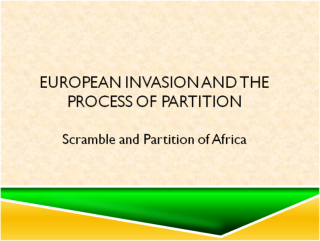
On Sale On Sale History Notes Form 1, Form 2, Form 3 and Form 4 in Slideshow ('Powerpoint', '.pptx')
Colonial system of administration in Kenya
In their administration of Kenya, the British employed both central government and local government as the basic administrative framework.
Central Government.
The protectorate was divided into provinces headed by Provincial commissioners, who acted as representatives of the Governor. The governor was answerable to the colonial secretary in Britain.
Hierarchy of colonial administration in Kenya.
Local Government.
Local Native Councils.
They were established in 1922 after the passing of the Native Authority Ordinance.
In 1924, the District Advisory Councils (DACs) were renamed Local Native Councils (LNCs) Objectives of the LNCs.
Achievements of the Local Native councils.
Impact of Local government.
Factors that undermined the local Government.
COLONIAL ADMINISTRATION
The methods mainly used by the British to administer their colonies were
Difference between direct rule and indirect rule.
Indirect rule
This was a policy advanced by Fredrick Lugard, the British High Commissioner in the protectorate of Northern Nigeria from 1900 to 1906. To Lugard, as summed up in his book, The Dual Mandate in the Tropical Africa (1922),”the resident acts as a sympathetic adviser to the native chief, on matters of general policy. But the native ruler issues his instructions to the subordinate chiefs and district heads, not as orders of the resident but as his own”. Such a system was applied in Kenya and in West Africa.
Why Britain used indirect rule in Kenya and Nigeria.
British rule in Kenya.
In Kenya, the British lacked both funds and experienced personnel to facilitate their administration. Kenya also did not have a reference model of an administrative system –like that in Buganda Kingdom. It was only among the Wanga section of the Abaluhyia and the Maasai where traditional chiefs that were recognized by the British existed.
Where the institution of chieftainship did not exist as the case of the Agikuyu, the British appointed chiefs (men with ability to communicate in Kiswahili and organize porters) like Kinyanjui wa Gathirimu in Kiambu, Karuri wa Gakure in Murang’a and Wang’ombe wa Ihura in Nyeri. The passing of the Village Headman Act in 1902 gave the chiefs the responsibilities of maintaining public order, hearing of petty cases and clearing of roads and footpaths. The 1912 0rdinance increased the powers of the chiefs and their assistants (headmen); they were now allowed to employ other persons to assist them, such as messengers and retainers. They were to assist the District officers in Tax collection and control brewing of illegal liquor and cultivation of poisonous plants like Cannabis sativa. They were to control carrying of weapons and mobilize African labour for public works. The selected colonial chiefs however faced two problems;
The British in Nigeria.
Nigeria comprised the Lagos colony and protectorate, the Southern Nigeria Protectorate and the Northern Nigeria Protectorate. These regions were later amalgamated into the Nigerian protectorate in 1914.
In Northern Nigeria, Fredrick Lugard employed indirect rule. Reasons for the use of indirect rule by the British in northern Nigeria.
This system was mainly used in regions with large white settler population such as Algeria , south Nigeria and Zimbabwe. Direct rule in Zimbabwe
Zimbabwe was colonized by the British South African Company under John Cecil Rhodes. Rhodes used his resources to sponsor a group of South African Europeans who set out to establish in Southern Rhodesia, a satellite of South African System. They began off by engaging the Ndebele in a series of wars from 1893 before finally occupying the fertile land in Mashonaland and Matabeleland.
Characteristics of direct rule in Zimbabwe.
The government was headed by a resident Commissioner who was appointed by the Company stationed at Salisbury. Below him were various commissioners in charge of the Districts (all Europeans). Below them were African Chiefs whose duty included collecting tax, recruiting labour and maintaining law and order. In 1898, a LEGCO was established –heavily dominated by the European settlers. An Executive Council, consisting of the Resident Commissioner and 4 nominees of BSA.Co was also established. In 1902, a Native Affairs Department, headed by a European Native Commissioner was created thus entrenching the dominance of Europeans in Zimbabwe. The duty of the commissioner was to allocate land to Africans, collect taxes and recruit labour. For lack of enough valuable minerals in Zimbabwe as expected, the Europeans compensated by acquiring large tracts of land from African communities with some having grants of upto 3000 acre pieces of land.( Europeans occupied 21 million acres while Africans despite their majority were confined to 24 million acre reserves.) The Company relinquished control in 1923 to for Zimbabwe to become a crown colony. Crown colony Rule (1923-1953) Why the settlers favoured crown colony over merger with South Africa.
To legitimize the two pyramids policy were two Acts that were passed in 1930 and 1934. a) Land Apportionment Act of 1930. The Act introduced rigid territorial segregation with land being divided into white’s and Africans’ portions. No African was allowed to acquire land outside their segregated portion. The minority whites acquired over half of the best arable land. Africans were given the semi arid areas infested by mosquitoes. Land was categorized into four;
The Central African Federation.
The federation was organized as follows;
In 1970, UDI declared itself a republic under a new constitution that entrenched white's’ position in Zimbabwe by spelling the following;
Effects of British rule in Zimbabwe.
ASSIMILATIONDefinition.This was a system of administration in which French colonies were given a culture and civilization similar to that of France. This system was influenced by the French revolution of 1789, which emphasized the equality of all men. In Africa, it was perfected by Lewis Faidherbe in Senegal when he was governor from 1854 to 1865. To many historians Assimilation was a deliberate French policy to help them destroy African Chieftaincies and Kingdoms that were thriving at the time of their arrival. Under the system, Africans had to;
French administration in West Africa.
French administration in Senegal.In Senegal, the policy of assimilation was only applied in the four communes of St.Louis, Goree, Rufisque and Dakar. In the rest of the country, African chiefs who ruled were put I three grades namely;Chefs de province: - equivalent of the paramount chiefs, they were usually successors of the pre-colonial chiefs. Chefs de Canton: - these were ordinary people appointed by the French officials due to their ability, to be charge of locations. They kept register of taxpayers the location, helped the government in conscription of Africans into the army and assisted in mobilizing forced labour for road construction and other public works. Chefs de village:- these were usually traditional heads of the community(village) who were given the responsibility of collecting taxes, maintenance of law and order, organizing relief during floods and locust invasion and maintaining roads in their areas. The privileges which were enjoyed by assimilated Africans in the four communes of Senegal included; Economic privileges
Political privileges
Characteristics of assimilation.
Reasons why assimilation was successful in the four communes.
Factors that undermined the application of the French policy of assimilation in West Africa.
Ways in which Nationalism undermined the policy of Assimilation in French West Africa.
Consequences of assimilation in Senegal.
The policy of association.Under this system, the French colonial government was to respect the cultures of her colonial peoples and allow them to develop independently rather than force them to adopt French civilization and culture. Unlike the assimilated Africans, subjects retained their cultural practices e.g polygamy and Islam. The subject came under a system of law known as indigenat where the subject could suffer arbitrary arrest or be forced to serve a longer period in the army than assimilated citizens.Why the French government replaced the policy of assimilation with that of association in 1945.
The similarities between the French and the British colonial administrations
|
Archives
April 2024
Categories
All
|
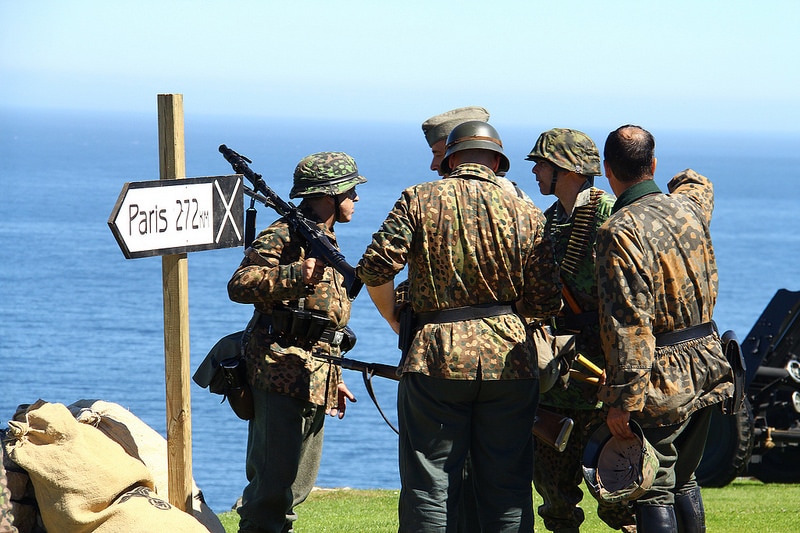
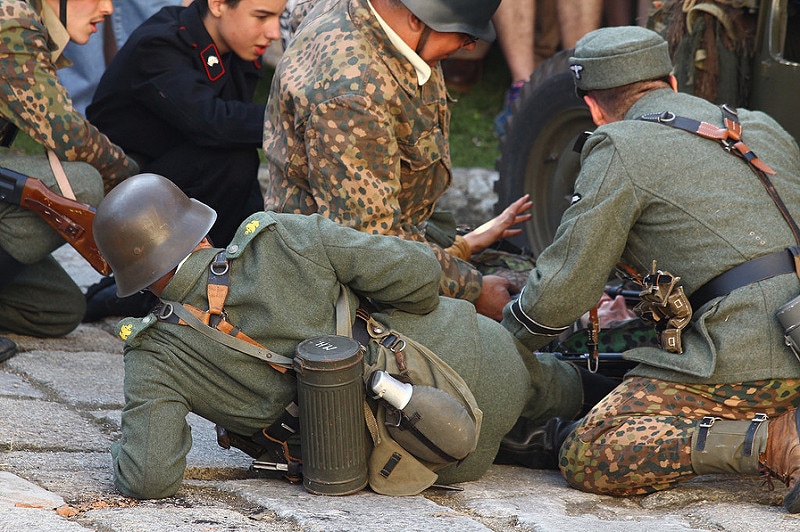
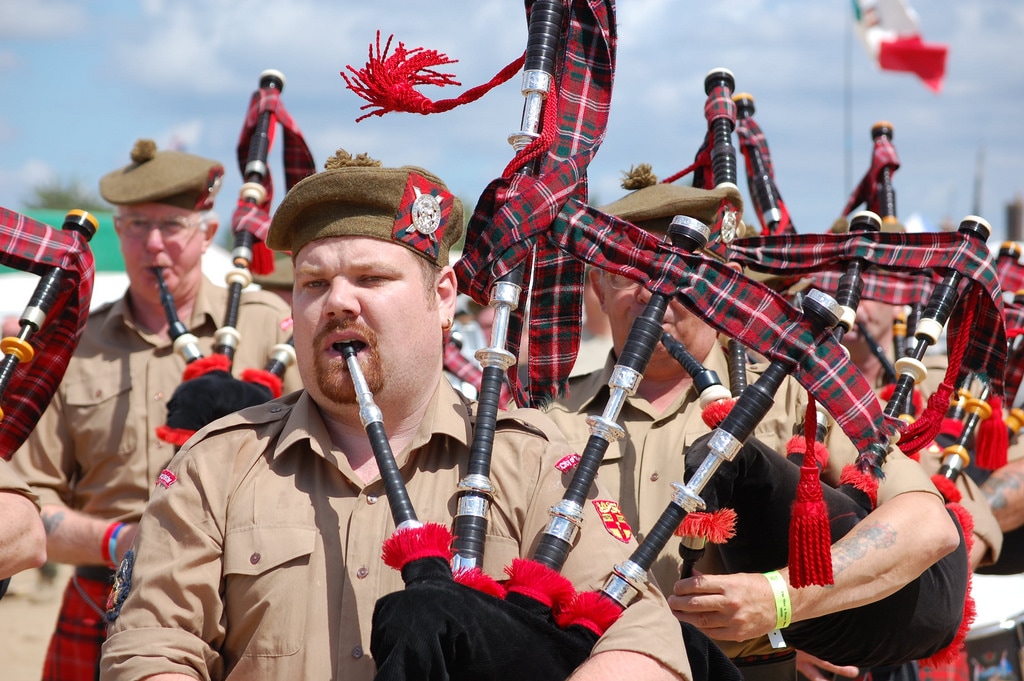
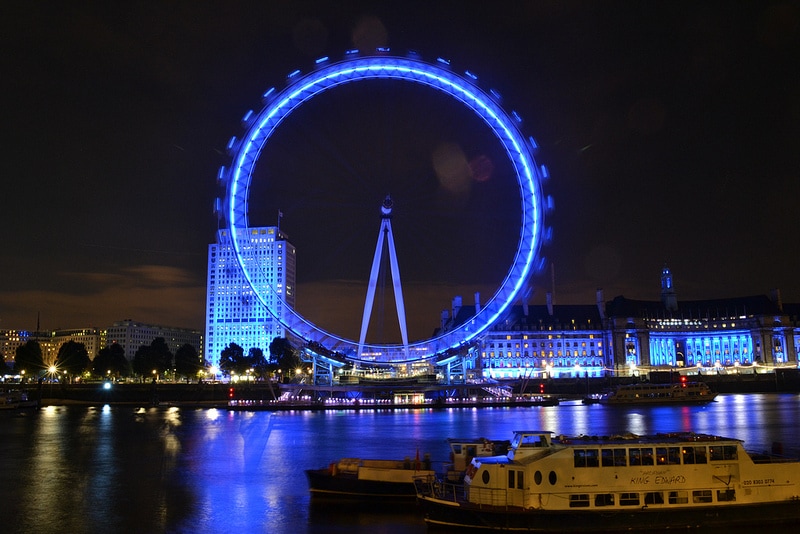
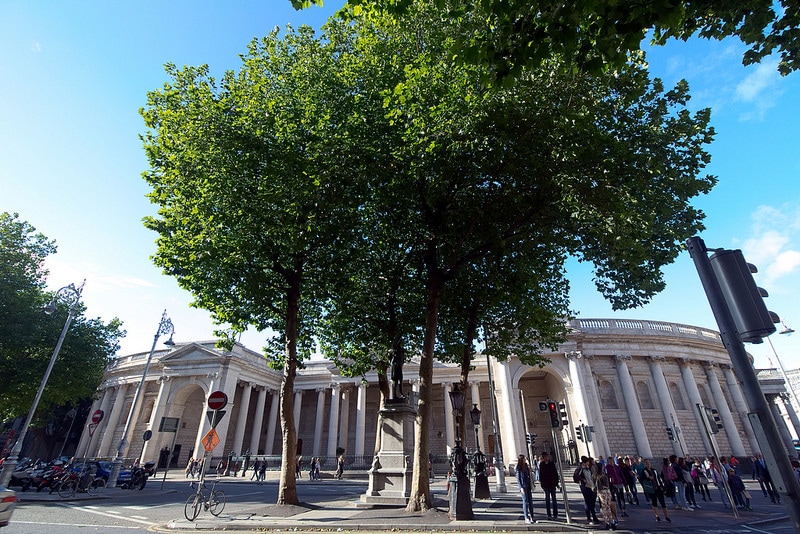
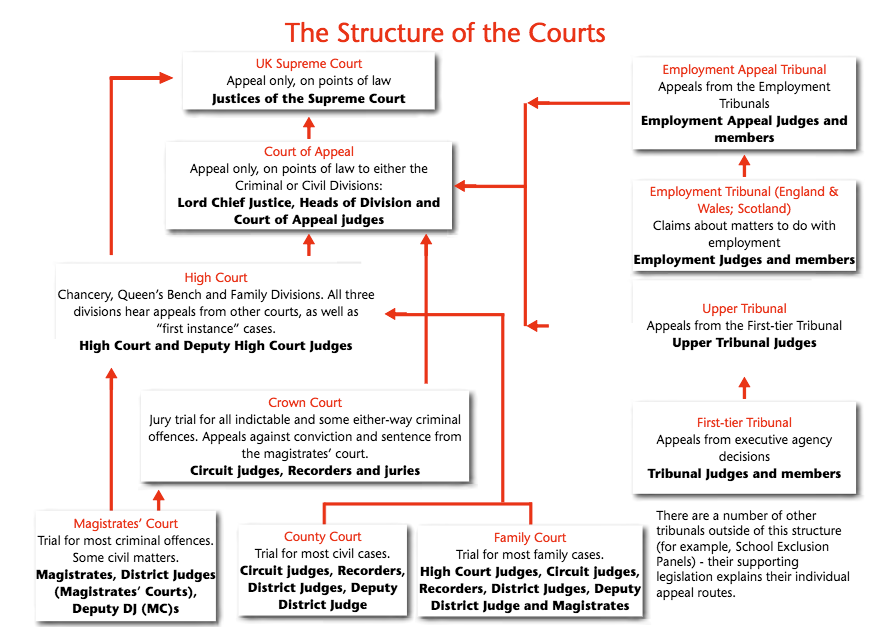

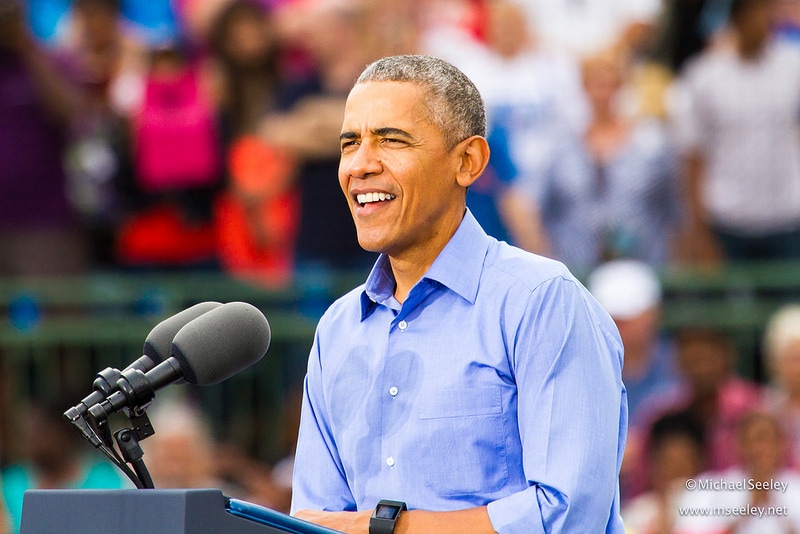
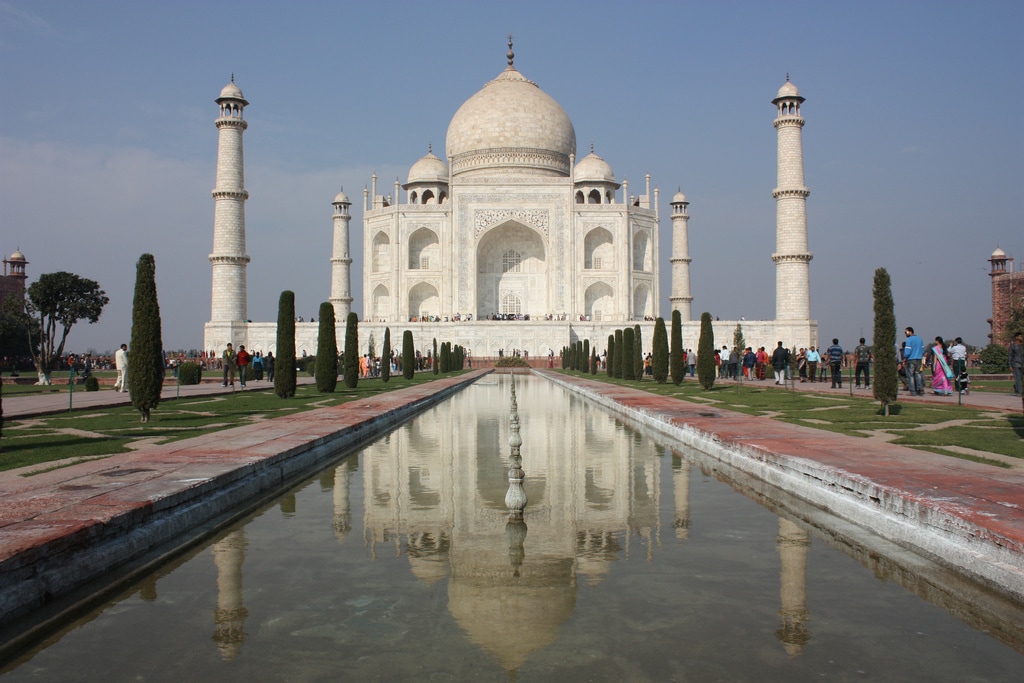


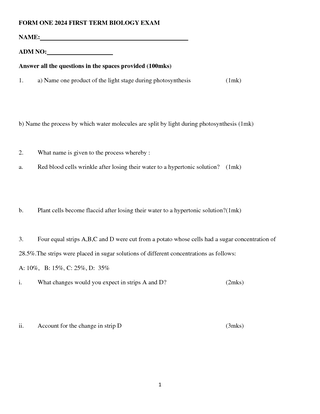
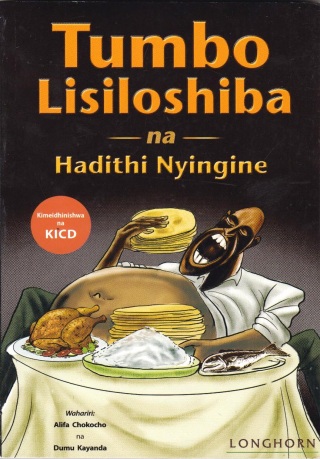













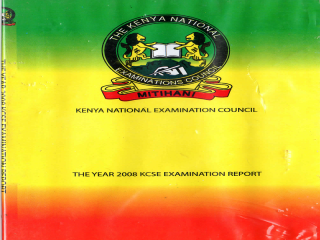
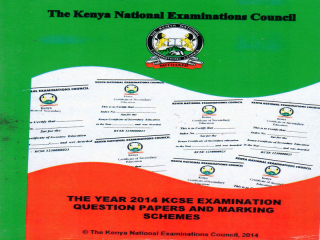













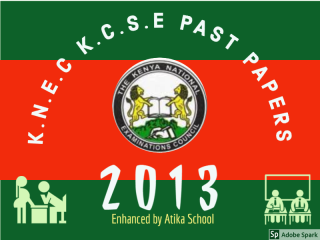




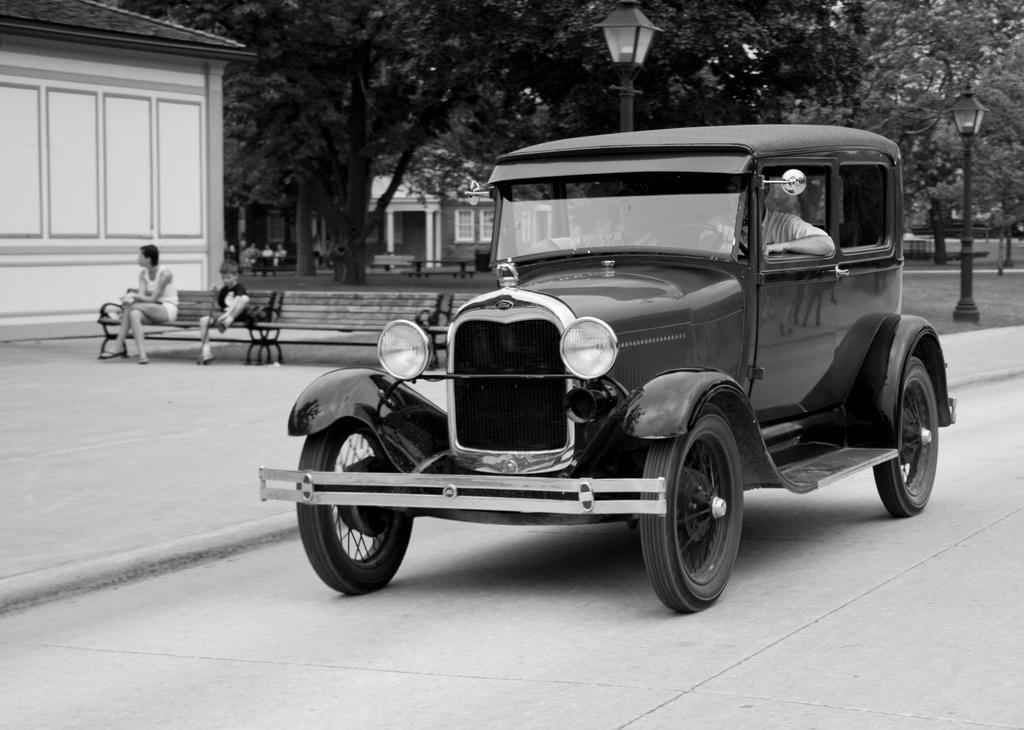
 RSS Feed
RSS Feed